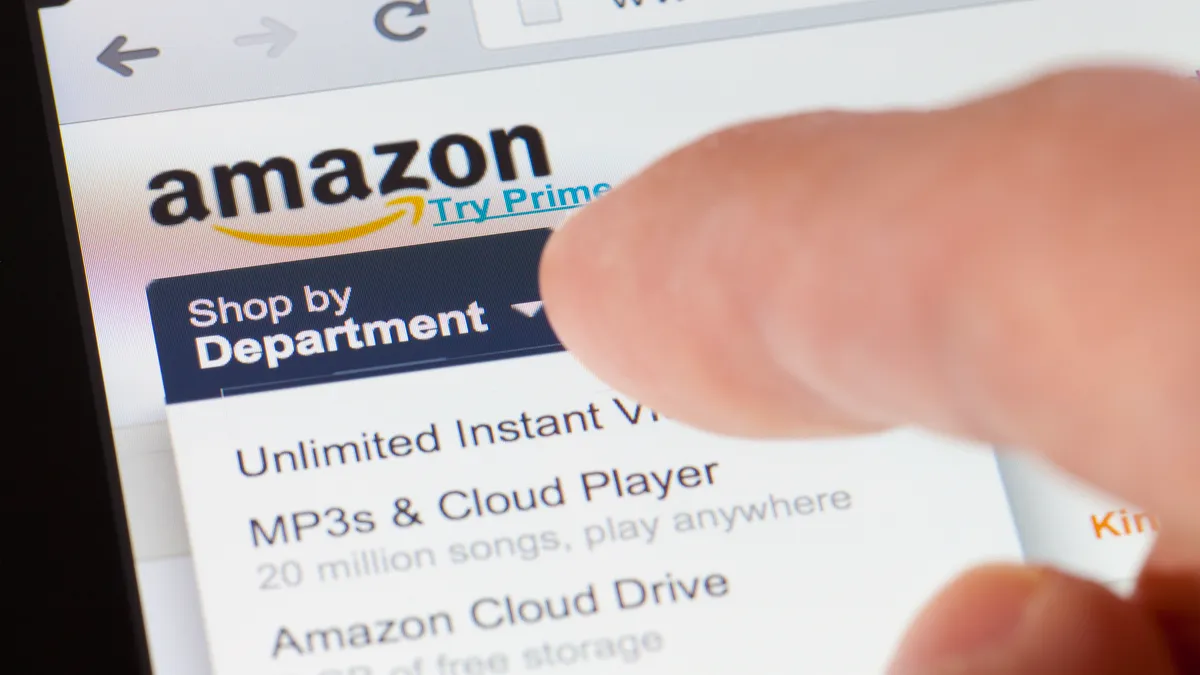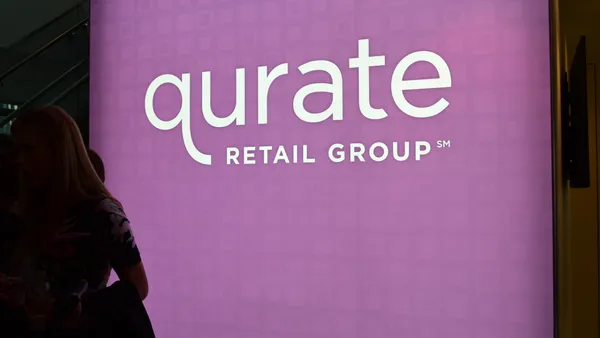Dive Brief:
-
In response to the many Chinese tourists flocking to Japan to shop—3.08 million have already visited there so far this year—Amazon Japan on June 30 quietly introduced a Chinese-language version of its e-commerce site touting expanded delivery options and reduced shipping rates to China, Bloomberg reports.
-
Amazon’s Chinese-language Japanese portal already offers millions of products and many more are coming, the company told Bloomberg. “The opportunity is huge,” said Amazon Japan President Jasper Cheung.
-
China-based e-commerce growth in Japan is projected to nearly triple to 2.34 trillion yen ($22.5 billion) in 2019, according to Japan’s Ministry of Economy, Trade and Industry, Bloomberg notes, citing demand for authentic Made-in-Japan products and mounting concerns over counterfeit merchandise and defective goods available on Chinese web marketplaces.
Dive Insight:
Despite turmoil in the Chinese economy and slowing growth there, retail sales remain steady, and more shoppers than ever are buying overseas because items are more expensive in China, according to Bain’s 2015 China Luxury Market Study.
Bain reports that overall luxury spending by Chinese consumers in 2015 fell 2% to 113 billion yuan ($17.2 billion), driven by falling sales of watches, men's wear and leather goods, but overseas luxury purchases grew 10%, especially in Japan, where their spending increased more than 200%. In addition, experts say China's still-rising middle class will continue to become more sophisticated about brands, and global pricing will become more important.
The appeal of made-in-Japan products stems in part from problems at home-grown e-commerce marketplaces, like those run by Alibaba, with a high number of counterfeit goods. Chinese consumers want authentic brands of high quality in all categories, and other retailers have made moves to appeal to them, Bloomberg notes. For example, Costco sells through Alibaba’s Tmall e-commerce marketplace and retailers like Macy’s take Alibaba’s Alipay payment on their sites.
Amazon is taking advantage of the situation by boosting its assortment on the Chinese-language site and decreasing its fulfillment costs. “We used to have only one option for shipping to China, and we added a lower shipping cost to China as well,” Cheung told Bloomberg.
Amazon last week reported second quarter 2016 net sales of $30.4 billion, up 31% from $23.2 billion in the second quarter of 2015—the online retail giant’s fifth consecutive quarter in the black, and its third all-time profit milestone in as many quarters. Amazon captured $82.8 billion in e-commerce sales over the last 12 months, growing 15.8% from the previous year, according to eMarketer data sent to Retail Dive. Wal-Mart, Amazon's closest rival, took in just $13.6 billion in e-commerce sales over the same 12-month cycle.














